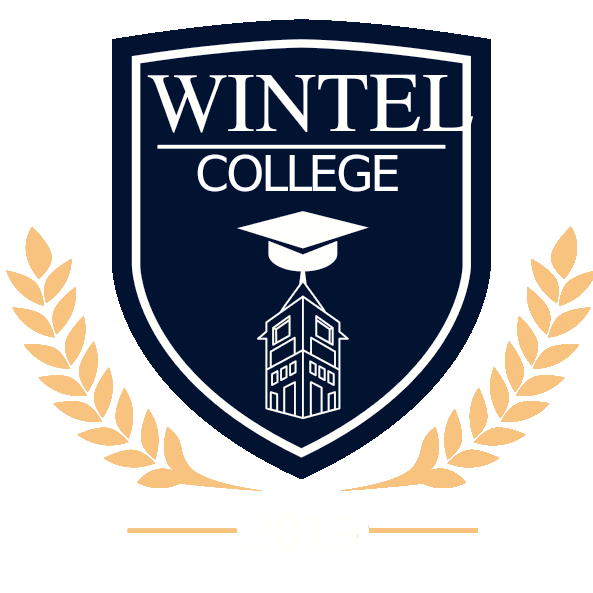Digital Engineering Fundamentals
This course helps to strengthen your digital skills, helping you to unlock new ideas of innovation.

David Arterburn
- Instructor
Offered by

Offered by

Description
The adoption of Digital Engineering across a product’s life cycle can be a transformative step in
optimizing today’s engineering and production processes.
Digital business demands system and system-of systems thinking. Learn both the strategic goals of Digital Engineering and the institutional, cultural, contractual and technical barriers impact an organizations ability to attainment of those goals.
Examine the importance of digitally connected systems and how digital engineering can be used to create complex, interconnected systems of products, services, and capabilities more quickly and effectively.
Discuss the importance of leveraging data and technology to produce improvements in applications and solutions. Understand how digitization allows teams to rapidly manipulate system designs and architectures to study resulting strengths and weaknesses, while unlocking ideas that lead to innovation, and be ready to employ these strategies back at your workplace.
Assess how your current organization might apply digital engineering to improve the affordability of systems and communications among stakeholders while assessing the barriers potentially facing your organization in implementing such a transformation across each functional domain and your enterprise.
- Online
- Intakes: On Demand
Meet your Instructor

Mr. David Arterburn currently heads a multi-disciplined team of researchers and students working on rotorcraft, unmanned aerial systems (UAS), model-based systems engineering and payloads for space and earth-bound systems.
Mr. Arterburn leads the UAH team supporting the FAA UAS Center of
Excellence as a core university on the Alliance for System Safety of UAS through Research Excellence (ASSURE) Team.
He is the Principal Investigator for a four school ASSURE team conducting research in UAS ground collision severity and development of safety systems for UAS systems to reduce the potential for injury to nonparticipants during UAS operations over people. He is currently a member of an ASTM team working on consensus standards for the safety of UAS for flying over people.
Mr. Arterburn is a retired Master Army Aviator with over 28 years in Army Aviation. He has served in engineering and acquisition positions including assignments as the Chief, Technical Management Division, Armed Scout Helicopter Project Office, Chief, Flight Projects Office, US Army Aero flight dynamics Directorate, Test Director and Experimental Test Pilot at the US Army Aviation Technical Test Center, Chief Engineer for the UH-60M Upgrade Program and Chief Engineer of the OH-58F Kiowa Warrior Cockpit and Sensor Upgrade Program.
Mr. Arterburn served as Assistant Professor in the Department of Civil and Mechanical Engineering at the United States Military Academy. His awards include the 2008 and 2013 American Helicopter Society Grover E. Bell Award as part of the U.S. Army/NASA/Sikorsky UH-60M Upgrade Flight Control Team and AMRDEC/NASA/PM Armed Scout Helicopter/Bell Aerodynamics Improvement Team, respectively, NASA Group Achievement Award for the development and first flight of the Rotorcraft Aircrew Systems Concepts Airborne Laboratory (RASCAL), TECOM Professionalism Award and numerous military awards.
Mr. Arterburn is a member of the American Helicopter Society (AHS), the Association of Unmanned Vehicle Systems International (AUVSI), the U.S. Army Aviation Association of America (AAAA) and the Society of Experimental Test Pilots. Mr. Arterburn is a graduate of the United States Military Academy and earned a Master of Science degree in Aerospace Engineering from the University of Maryland at College Park
